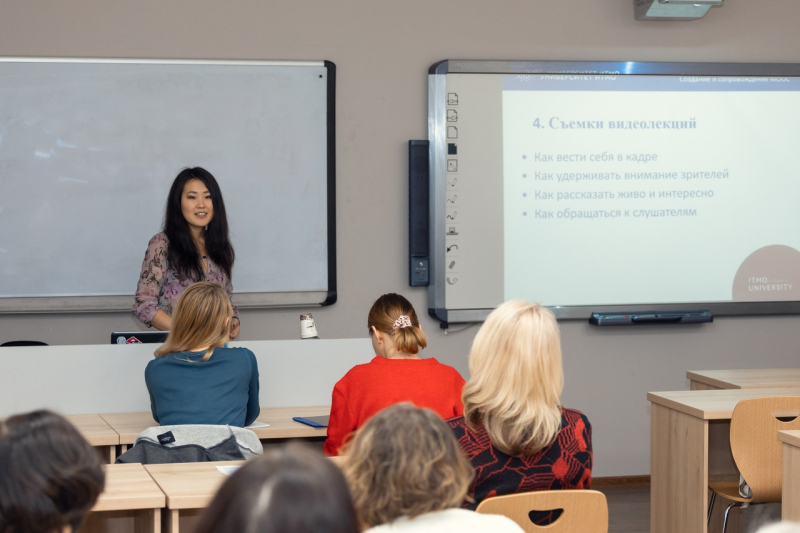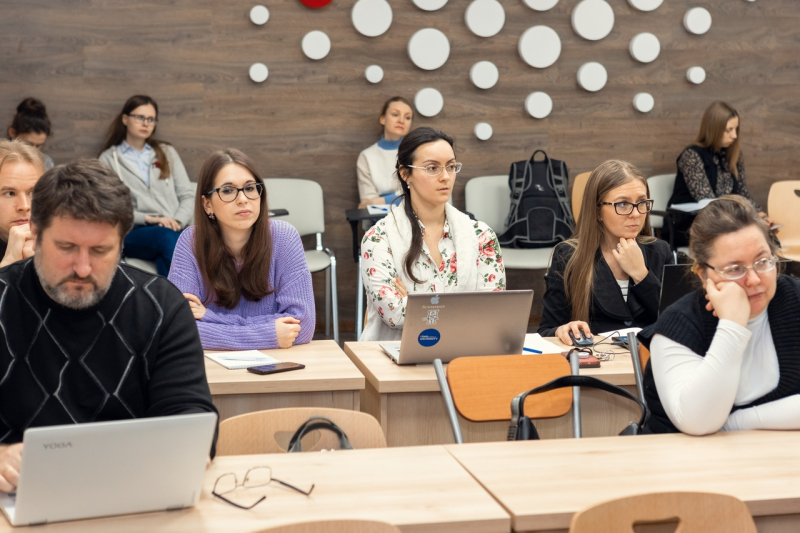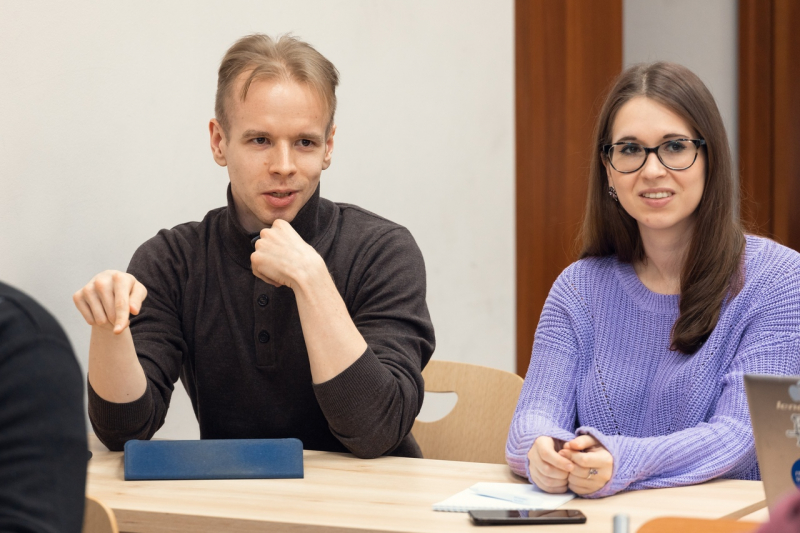Main components of an online course and types of content
The list of online platforms that prove to be the most popular among students includes Open Education, edX, and Coursera. Each of these platforms has its own specifics; for example, on edX the courses last for five weeks, while the Open Education ones span ten weeks. But the main criteria remain the same, and those are: high-quality and informative content consisting of video lectures and tests.
A typical online course is comprised of several types of content. First and foremost are video lectures, which form the basis of learning. The recommended duration of video lectures is 50 minutes per week, divided into short fragments of five to seven minutes each.

The learning materials can also include textual and graphic materials, as well as interactive elements in the form of simulations, training aids, games and surveys. You could also do with adding a list of further reading recommendations, articles on the topic, and links to complementary courses.
A no less important part of learning is testing. On the Open Education platform, there are three types of such progress checks: cross-checking of works by students, test exercises and virtual labs. For the cross-checking, it is important to provide clear assessment criteria with specific examples. Tests are carried out after the end of a week-long module, as well as in the middle and the end of the course (fifth and 10th week, respectively). Their different variants are formed in random order, so it’s necessary to assemble a pool of 30 to 50 questions before the launch.

Secrets of success
Online education has its own specific set of rules, following which you can ensure your course’s future success:
-
A strong team with a clear division of tasks between the members. Someone does content development, while someone else records the lectures. If you don’t have a team at your disposal, ITMO’s Open Education Department can help you out.
-
Space is of essence: if you have a large course, don’t try to shorten it so that it fits into the format of a 50-minute lecture; instead, you’d do better making a second part, its continuation. If, on the other hand, your course is small and succinct, leave it as it is and avoid including anything unnecessary – this can get you extra negative reviews from the users.
-
Lots of practice. This piece of advice is more relevant to applied sciences, for example programming – you won’t go far without practice there. Try to include as many practical tasks as you can into every module, so that students would be able to acquire enough competencies and experience.
-
Be open to new things: incorporating new teaching methods and ways of presenting the material, adding interactive elements, game mechanics. Gamification in general is an important trend of the recent years which is being actively introduced into the field of education. I’d recommend watching others’ courses and lectures more often, adopting others’ experience and generally being aware of the current online education trends.

Step-by-step plan
The process of developing a course can be divided into several stages. Of course, everything begins with doing some groundwork. At this stage, you have to decide on the goals and objectives of your future course, its target audience, content format, and host platform, as well as estimate the approximate number of participants. The more relevant the course’s topic is, the more participants will it attract.
Target audience is identified not only by its socio-demographic characteristics but also, for example, its language abilities and equipment at its disposal. It’s an absolute must to take these parameters into consideration and mention them in the course description.
The next step will be to develop the course curriculum: forming its structure, describing its key modules, sorting out the material and adapting it into the online course module, choosing the practical tasks. It’s imperative to develop the plan and scenario of every lecture – this way, it will be easier to prepare for recording the videos and practicing your presentation.

It’s important to remember about interactivity: you shouldn’t forego greeting and saying goodbye to your students. Although the case of remote learning and prerecorded material doesn’t leave you a lot of options for interacting with your viewers, you can support the students’ work by providing regular reminders about the studies, summarizing the results at the end of each module, and making announcements about the forthcoming classes.
Coming next is the work on the tests. The tests should be balanced: not too easy but not too complex. The tasks may be not only in the test format but also take the form of a detailed answer.

Recording the lectures is the main part of working on the course content. Here, you have to master not only the basic principles of shooting videos (such as adjusting the lighting, choosing the right equipment and setting it up), but also how to behave confidently on camera: always look directly at the camera, move your hands less, speak lively and with interest, and create the impression of a dialog. A good practice would be to demonstrate the recorded footage to your colleagues or relevant specialists for getting some adequate feedback.
The last stage is adding the finishing touches to your online course after its launch: correcting any incorrect tasks and errors, interacting with the forum, explaining complex points to students, and examining the data from study analytics. This will allow you to see at which stages students were more likely to drop out and, possibly, rework the content that turned out to be too complicated or uninteresting or come up with some kind of additional motivation or add some intrigue.





